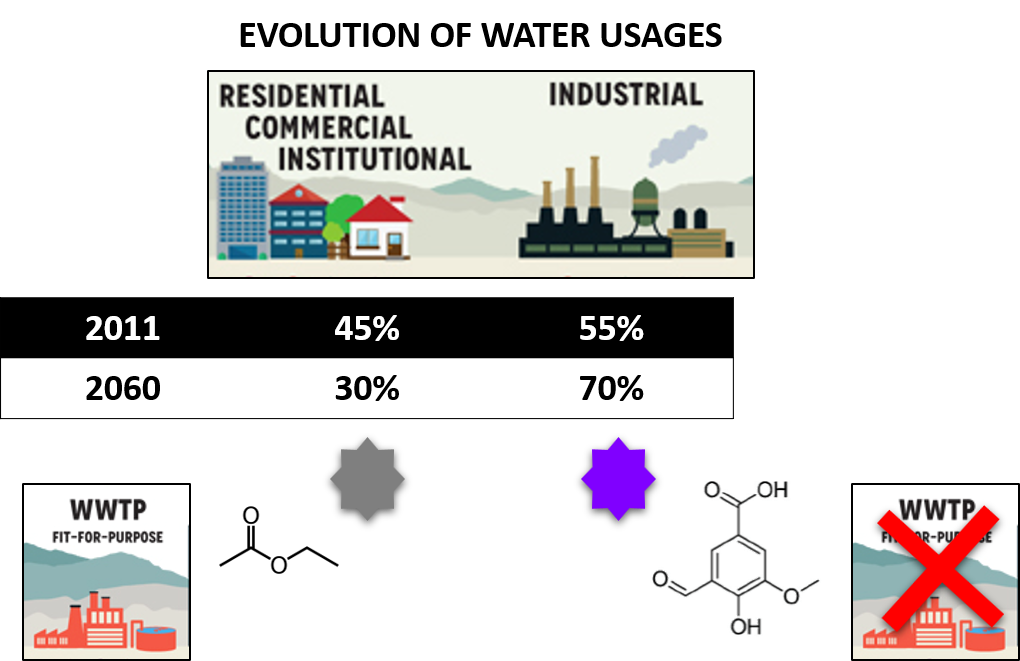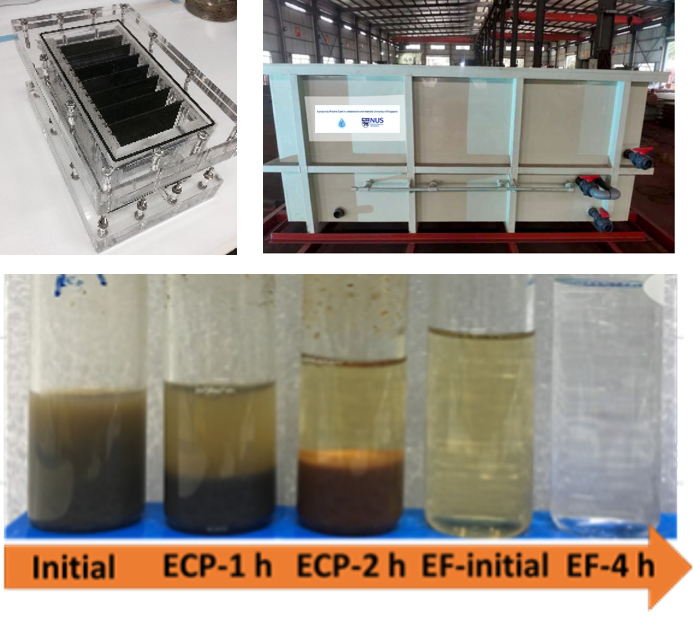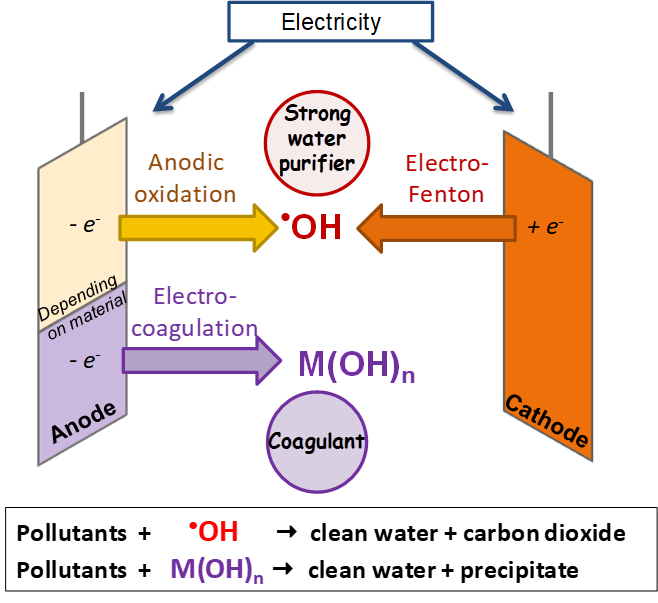-
-
- Bridging Scales from Below: The Role of Heterogeneities in the Global Water and Carbon Budgets
- Increasing Occurrences of Cyanobacterial Blooms Driven by Climate Change Factors
- Carbon Capture and Utilization
- Integrated Coastal-Inland Flood Model for Climate Change
- Pathways for Sustainable and Climate-Resilient Planning of Water-Energy-Food Security Nexus
-
- Air Quality and Health: A Paradigm Shift
- Surface Water Quality and Emerging Contaminants
- Microbial detoxification of persistent organohalide pollutants (POPs)
- Nutrients Removal in Waterbodies via Sustainable Pathways
- Centre for Water Research (CWR) researchers join their forces with U of T researchers for microplastics pollution detection and control in water and wastewater
- Dealing with Hard-To-Treat Industrial Wastewater
- Valorization of Bioresources – Towards a Circular Economy
-
- Intelligent Traffic Diffusion Plan Generation, Effective Assessment and Dissemination Strategies
- Transforming Waste into Resources for Infrastructural Development
- Look-Ahead Integrated Geophysical Investigation System (IGIS) for Singapore Tunnels
- Next-Generation Airport Pavements with Full-Scale Instrumented Testing
-
- Centre for Advanced Materials and Structures
- Centre for Hazards Research
- Centre for Resilient Underground Infrastructure and Engineering (CRUISE)
- Centre for Transportation Research
- Centre for Water Research
- Centre for Resource Circularity and Resilience (CR)2
- Centre for Offshore Research and Engineering (CORE)
- Centre for Environmental Resilience
- Safety & Health Committee
- Completed Research Projects
- Research Brief
- Achievements (in the media)
Dealing with Hard-To-Treat Industrial Wastewater
In Singapore, more than 50% of the water demand is used by the industry and this proportion is expected to reach 70% by 2060. In this project, new advanced oxidation technologies are being developed to deal with this specific kind of wastewater characterized by high organic load and toxicity.

Cleaning water with electricity
The treatment of industrial wastewater is a challenge, especially for highly concentrated streams generated by various sectors, such as chemical and petrochemical, pharmaceutical, microelectronics, etc. In many cases, the waste streams can have COD concentrations in excess of 10,000 mg/L and sometimes up to 100,000 mg/L or even higher. These concentrations are several orders of magnitude higher than domestic wastewater or sewage that the water industry typically deals with and there exists no gold solution to treat such streams effectively. Conventional techniques relying on the so-called activated sludge or other biological techniques often prove ineffective to deal with the toxicity associated with the many chemicals present in industrial wastewater and in most cases incineration remains the only option, despite prohibitive costs.

Electrochemical advanced oxidation relies on the use of advanced electrode materials to generate the hydroxyl radicals needed to degrade and mineralize the complex organics present in this type of hard-to-treat high COD industrial wastewater under ambient conditions. This process sometimes referred to as “cold incineration” has the advantage of being able to deal with any kind of organic chemicals present in wastewater at a cost more than 10 times lower than conventional “hot” incineration. Compared to other advanced oxidation processes (AOP), the reagent for purification is produced within the waste itself using electricity instead of chemicals and with no harmful emission. This provides electrochemical approaches the advantage of better mass transfer and applicability on concentrated industrial wastewater.

For more details, please contact:
Assoc Prof Lefebvre Olivier Patrick
Email: ceelop@nus.edu.sg
| https://nus.edu.sg/neri/research/environmental-surveillance-treatment/ |

